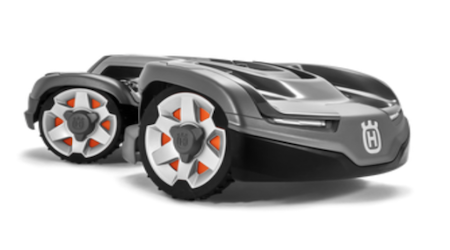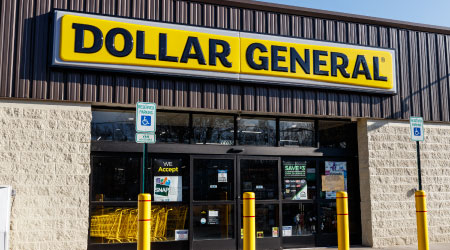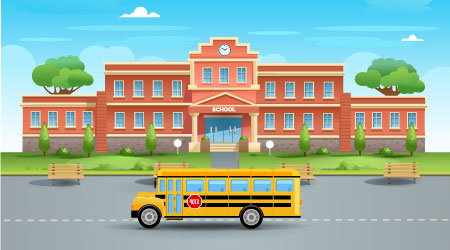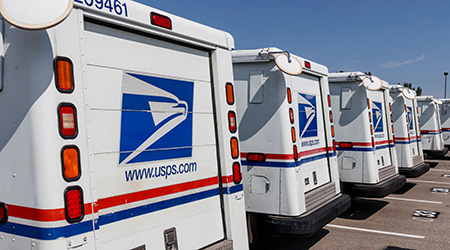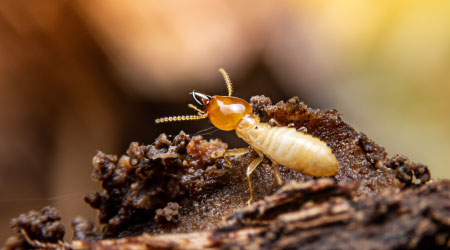
Commercial Facilities at Risk for Property Damage Caused by Termites
March 10, 2022
Termites are one of the most destructive pests on the planet, chewing through wood at an alarming rate. Termites aren’t only household pests. They do not discriminate and pose a huge threat to the structure of institutional and commercial facilities.
The National Pest Management Association (NPMA) has designated March 6-12 as Termite Awareness Week. It's an opportunity for facility managers to consider their strategy for improving pest control at their facilities.
“Each year, termites cause more than $5 billion in property damage, which is more like $6.8 billion when you adjust for current inflation. These heavy costs can take a huge bite out of your facility management budget and can even be detrimental to your business’ bottom line,” said Cindy Mannes, senior vice president of public affairs for NPMA. “Termites are also known as silent destroyers because of their ability to chew through wood, flooring and even wallpaper, this makes a regular inspection by your pest control partner an imperative step during termite season.”
To combat the damage these pests can cause, it is important that facility managers and employees know the top five tell-tale signs of a termite infestation:
Swarmers: Swarmers are young female and winged termites that often invade structures in the springtime. They especially seek out buildings that have sustained damage from severe winter weather. Once swarmers have determined your facility to be a good fit, it’s likely that the rest of the termite colony will follow.
Discarded wings: The discarded wings of swarmers can often be found near windows and doors and are often the first and only outwardly visible sign of a termite problem.
Wood damage: Termites tend to eat wood from the inside out, so wood that sounds hollow when tapped often signifies a termite infestation. Facility managers should also look for rotting wood.
Frass: Drywood termites produce wood-colored droppings as they eat through infested wood. If a facility manager or employee finds a small pile of what looks like pellets inside or outside the building, it could be a sign of a drywood termite infestation.
Mud tubes: Subterranean termites build mud tubes to provide moisture when they travel between their colony and a food source. Mud tubes are most often found near the building’s foundation.
To prevent an infestation and costly termite damage, the NPMA recommends facility managers eliminate or correct any moisture concerns as termites need water for their populations to thrive. Also, be sure to schedule an annual termite inspection with your licensed pest control partner who specializes in termite control work as they can properly identify the species and treat the issue before it gets out of hand.
Next
Read next on FacilitiesNet









